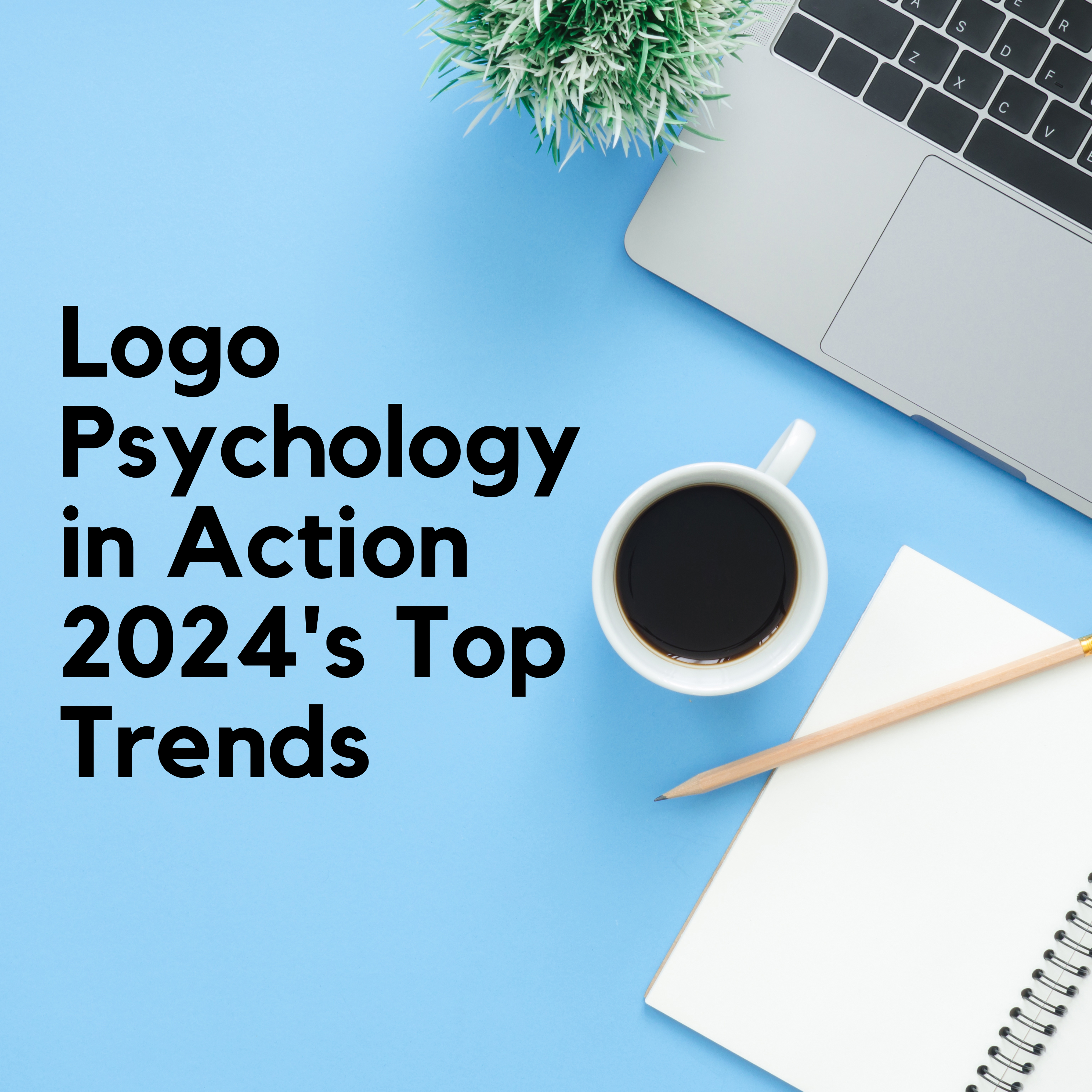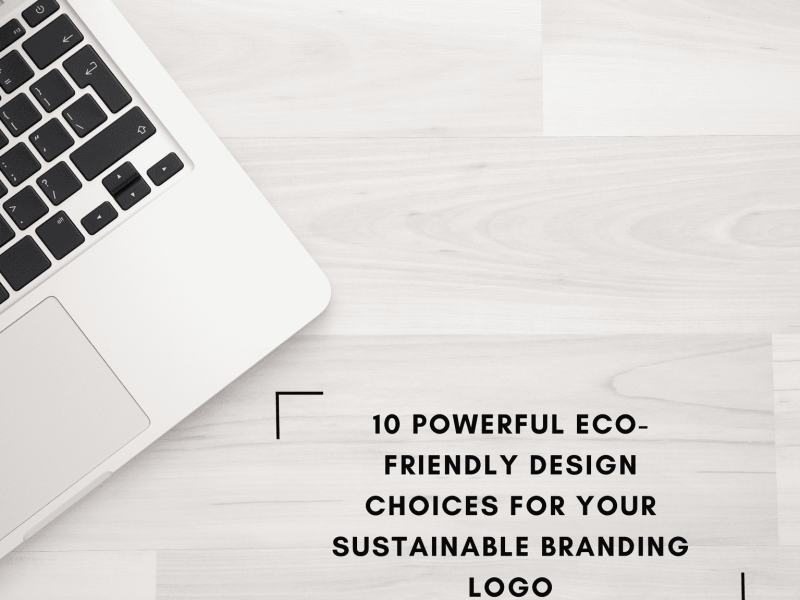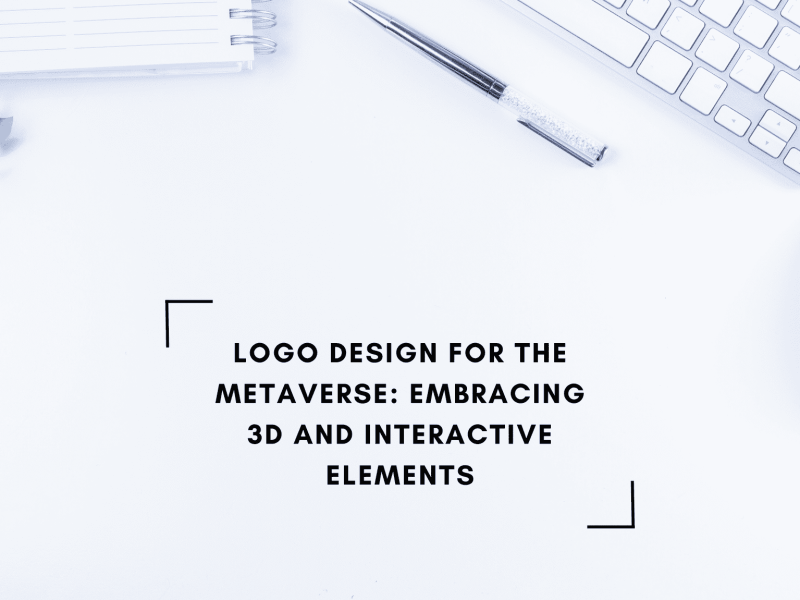What is Logo Psychology?
Logo psychology is the study of how logos influence consumer perception and behavior. It examines the impact of colors, shapes, fonts, and other design elements on how people see and interact with a brand. By understanding these psychological principles, businesses can create logos that are more memorable, trustworthy, and appealing to their target audience.
Why is Logo Psychology Important in 2024?
In today’s competitive marketplace, it’s more important than ever for businesses to stand out. Consumers are bombarded with thousands of marketing messages every day, so your logo needs to make a quick and lasting impression. Logo psychology can help you achieve this by ensuring your logo is sending the right message to your target audience.
Here are some specific reasons why logo psychology is important in 2024:
- Consumers are more sophisticated than ever. They can quickly spot a poorly designed logo, and a bad logo can reflect poorly on your brand.
- The rise of online marketing. Your logo will be displayed on your website, social media profiles, and marketing materials. It needs to be effective in both digital and physical spaces.
- The importance of brand storytelling. A well-designed logo can be a powerful tool for communicating your brand story and values.
Decoding the Colors Consumers Crave in 2024
Colors are one of the most important elements of logo design. Different colors evoke different emotions and associations. Understanding the psychology of color can help you choose the right colors for your logo and create the desired impact on your target audience.
Psychology of Primary Colors
- Red: Red is associated with passion, excitement, and energy. It can be a good choice for brands that want to project a bold and confident image. However, it can also be seen as aggressive or overwhelming if used too heavily.
- Blue: Blue is associated with trust, reliability, and security. It’s a popular choice for businesses in the financial, technology, and healthcare industries.
- Yellow: Yellow is associated with happiness, optimism, and creativity. It can be a good choice for brands that want to project a friendly and approachable image.
Psychology of Secondary Colors
- Orange: Orange is a combination of red and yellow, and it inherits some of the qualities of both colors. It’s associated with energy, enthusiasm, and warmth.
- Green: Green is associated with nature, growth, and harmony. It’s a popular choice for brands that want to project an eco-friendly or sustainable image.
- Purple: Purple is associated with luxury, sophistication, and creativity. It can be a good choice for brands that want to project a high-end image.
Psychology of Tertiary Colors
- Teal: Teal is a combination of blue and green, and it inherits some of the qualities of both colors. It’s associated with trust, reliability, and calmness.
- Turquoise: Turquoise is a bright and refreshing color that is associated with peace, tranquility, and clarity.
- Magenta: Magenta is a vibrant color that is associated with creativity, innovation, and excitement.
The Power of Shapes in Logo Design
The shapes you use in your logo can also have a significant impact on how consumers perceive your brand. Here’s a look at some common shapes and their meanings:
- Circles: Circles are associated with unity, community, and wholeness. They can be a good choice for brands that want to project a sense of harmony and togetherness.
- Squares: Squares are associated with stability, security, and trust. They can be a good choice for brands that want to project a sense of reliability and professionalism.
- Triangles: Triangles are associated with power, direction, and stability.
- They can be a good choice for brands that want to project a sense of strength and ambition. Upward-pointing triangles can suggest growth and progress, while downward-pointing triangles can suggest caution or warning.
- Lines: Lines can be used to convey a variety of emotions and ideas. Horizontal lines suggest stability and balance, while vertical lines suggest strength and power. Diagonal lines can suggest movement and action.
- Organic Shapes: Organic shapes, such as leaves, flowers, and animals, can be used to create a more natural and approachable feel. They can be a good choice for brands that want to connect with consumers on an emotional level.
Choosing the Right Shape for Your Brand
The best shape for your logo will depend on your brand identity and target audience. Here are some things to consider when making your decision:
- What are your brand values? Choose a shape that reflects the values you want to communicate, such as trust, stability, or creativity.
- Who is your target audience? Consider the shapes that resonate with your target audience. For example, a tech company might want to use a more modern and geometric shape, while a children’s brand might want to use a more playful and organic shape.
- What is the overall feel you want to create? Do you want your logo to be bold and attention-grabbing, or more subtle and sophisticated? The shape you choose can help you achieve the desired effect.
Putting it All Together: Creating a Logo with Lasting Impact
Creating a successful logo is about more than just choosing the right colors and shapes. It’s about creating a cohesive design that effectively communicates your brand identity. Here are some tips for creating a logo with lasting impact:
- Keep it simple. A complex logo will be difficult to remember and reproduce.
- Make it versatile. Your logo should look good in all sizes and on all platforms.
- Be memorable. Your logo should be unique and easy to remember.
- Get feedback. Get feedback from your target audience and other stakeholders before finalizing your logo.
By following these tips and using the principles of logo psychology, you can create a logo that will help your brand stand out from the competition and resonate with your target audience.
Conclusion
Logo psychology is a powerful tool that can help you create a logo that is both visually appealing and effective in communicating your brand message. By understanding the psychology of colors, shapes, and other design elements, you can create a logo that will make a lasting impression on your target audience. In today’s competitive marketplace, a well-designed logo is essential for building brand awareness and trust. So don’t underestimate the power of logo psychology!



